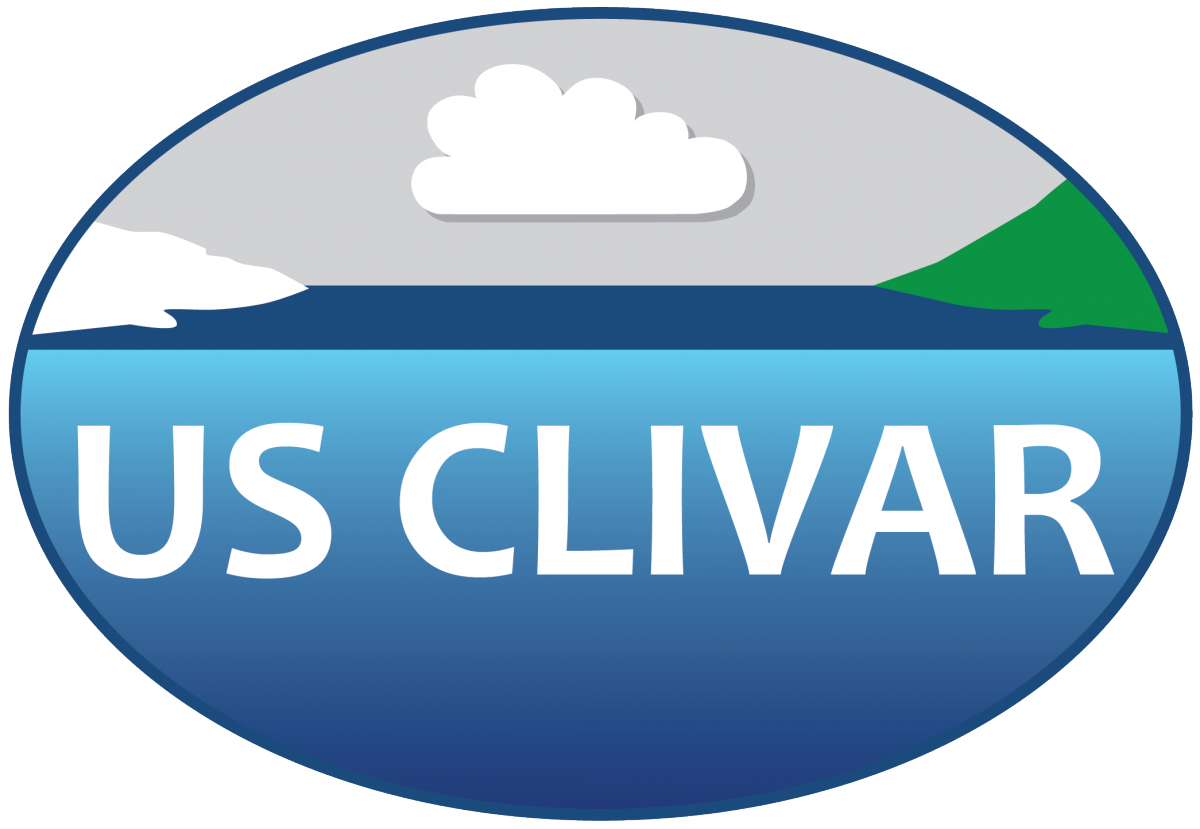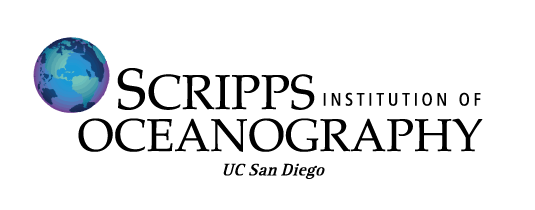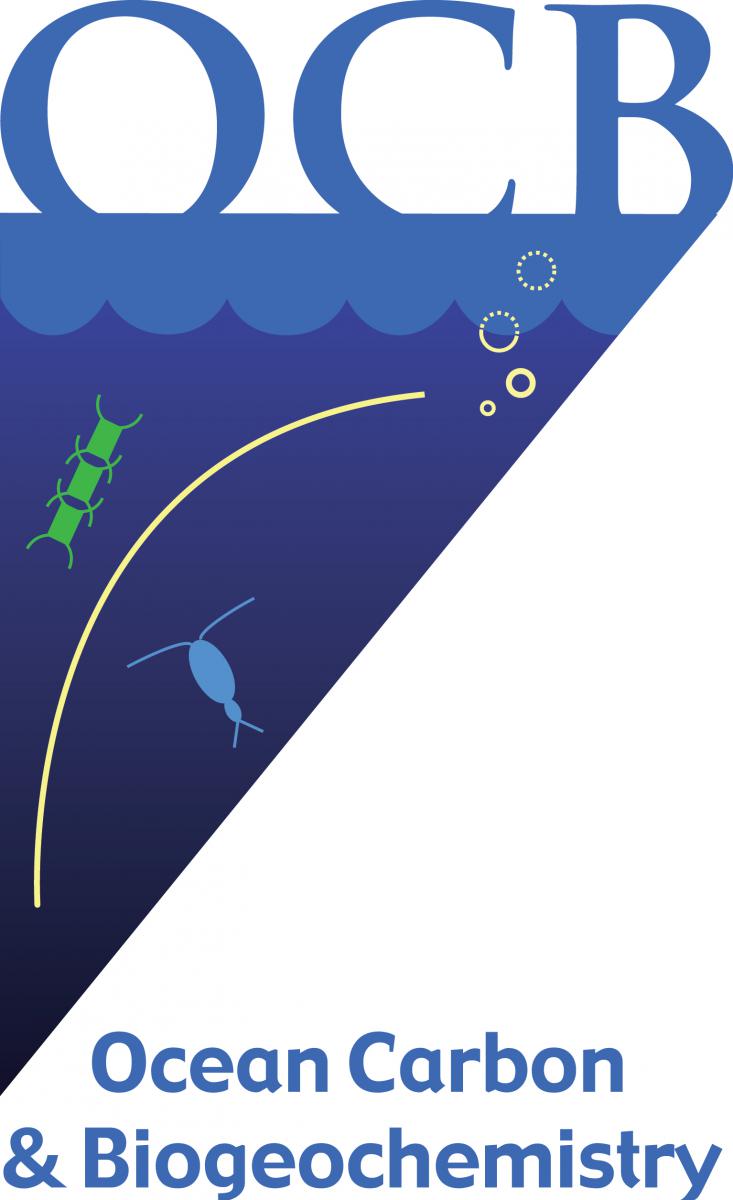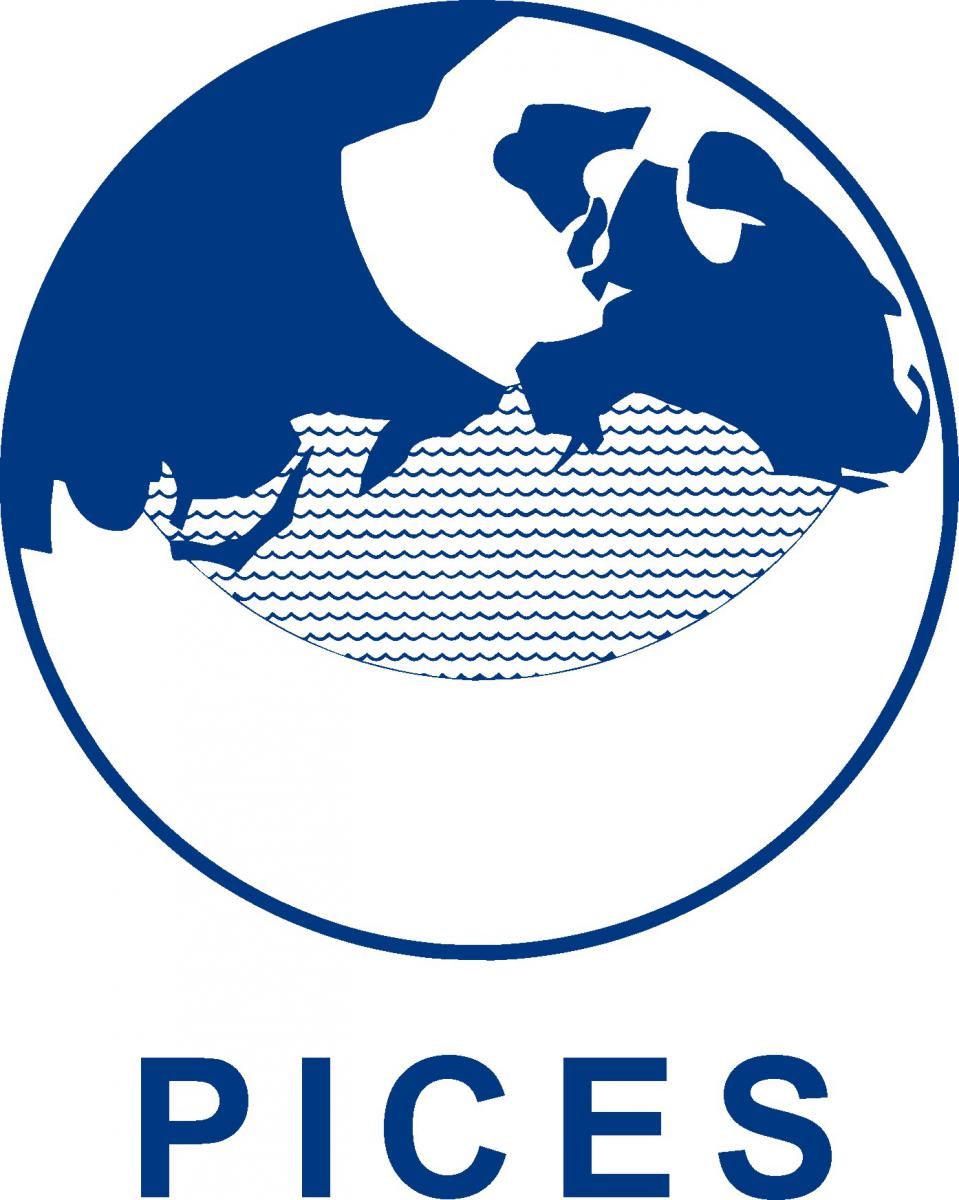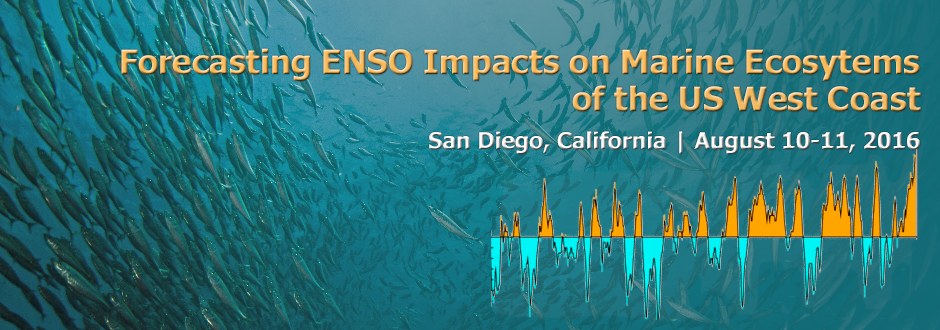2016 ENSO Ecosystems Workshop
Objectives
The US West Coast eastern boundary upwelling system supports one of the most productive marine ecosystems in the world and is a primary source of ecosystem services for the US (e.g., fishing, shipping, and recreation). Long-term historical observations of physical and biological variables in this region have been collected since the 1950s, leading to an excellent foundation for understanding the ecosystem impacts of dominant climate fluctuations such as the El Niño-Southern Oscillation (ENSO). In the Northeast Pacific, ENSO impacts a wide range of physical and biotic processes including temperature, stratification, winds, upwelling, and primary and secondary production. The El Niño phase of ENSO, in particular, can result in extensive geographic range displacements and altered catches of fishes and invertebrates. We also anticipate effects on vertical and lateral export fluxes of carbon and other elements. However, despite empirical observations and understanding of the coupling between climate and marine ecosystems along the US West Coast, there has been no systematic attempt to use this knowledge to forecast marine ecosystem responses to individual ENSO events. ENSO forecasting has become routine in the climate community, however, little has been done to forecast the impacts of ENSO on ecosystems and their services. This becomes especially important in light of the strong 2015-16 El Niño and the climate model predictions that ENSO extremes may become more frequent.
The goal of this workshop is to develop a framework for using ENSO forecasts to predict changes in the marine ecosystem off of the US West Coast, which shows large imprints of ENSO on biological processes.
The workshop will bring together (a) biologists with expertise in ecosystem responses to physical climate forcing, and (b) physical climate scientists with expertise in predicting and understanding ENSO and its impact on the physical state of the Northeast Pacific. The target populations will range from plankton populations to exploitable species that are regulated by federal and state agencies. Regions of interest include California, Oregon, Washington, and Alaska, as well as Mexico and Canada, which are oceanographically and ecologically connected regions. We will discuss and identify the predictable components of the physical climate system that can be used to predict key aspects of the ecosystem on monthly, seasonal, and multi-season timescales. Surprisingly, this aspect of the predictability of ENSO has not been exploited in real-time ecosystem forecasts, so the time is ripe to pursue and develop this agenda in a practical context.
In addition to identifying practical applications of using ENSO forecast to predict ecosystem changes, the discussions at this meeting will also identify a set of research priorities and challenges needed to fill the gaps in our understanding of ecosystem predictability, as well as to suggest new data streams from remote sensing and in situ observational platforms.
Participants
The meeting is open to the science community interested in contributing to the discussion. In order to facilitate smaller group discussion, the workshop is limited to 50 attendees, including invited speakers and guests, and up to 20 participants confirmed through an online open application process. We encourage participation by scientists of diverse ethnicity, career stage, institution type, and gender. The deadline to apply is May 2.
Format
The meeting will consist of five sessions focused on various aspects of ENSO predictability, regional physical processes, and regional ecosystem response including direct physical influences and bottom-up and top-down effects. Each session will include two to three invited review talks of 20 minutes. These talks will review and discuss the current understanding of the session’s topic. After the invited talks, there will be short five-minute q&a followed by a 40-90 minute open discussion.
Each of the participants is encouraged to prepare one or two slides to use during the discussion periods, as needed. The latter part of the meeting will be directed toward group discussion of an implementable framework for practical predictions, the required observations and models, and a means to impact management of potentially predictable stocks.
Outcomes
The findings and recommendations will be disseminated to the wider scientific community in a review/white paper on the predictability of climate impacts on ecosystems with a case study for the California Current System. Furthermore, the workshop will look towards planning international synergies with groups such as CCE-LTER, PICES, ICES, and CLIVAR through the PICES/CLIVAR joing expert group on climate and ecosystem predictability.
Scientific Organizing Committee
Emanuele Di Lorenzo (Georgia Tech, co-chair)
Art Miller (Scripps Institution of Oceanography, co-chair)
Clarissa Anderson (U. California, Santa Cruz)
Enrique Curchitser (Rutgers U.)
Kris Karnauskas (U. Colorado)
Julie Keister (U. Washington)
Nate Mantua (NOAA)
Mark Ohman (Scripps Institution of Oceanography)
Aneesh Subramanian (Oxford U.)
Cisco Werner (NOAA)
Program Organizing Committee
Heather Benway (OCB Program)
Mike Patterson (US CLIVAR)
Jill Reisdorf (UCAR)
Kristan Uhlenbrock (US CLIVAR)
Sponsors
